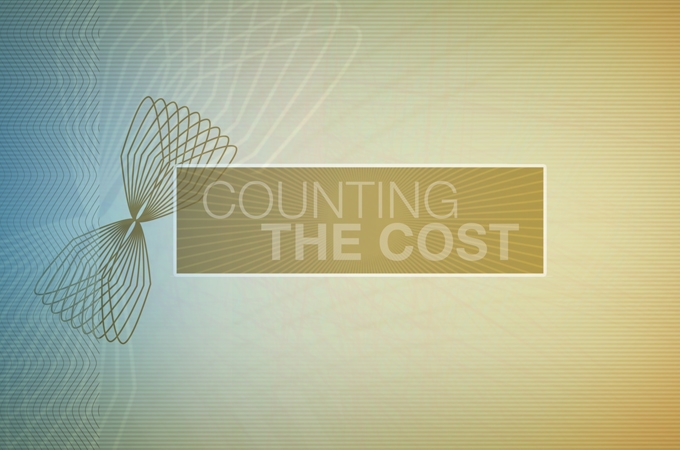
The cost of climate change
As the UN’s climate change body paints a grim picture, we examine the economic challenges posed by global warming.
The United Nations climate change body is painting a grim picture about global warming. The Intergovernmental Panel on Climate Change’s (IPCC) fifth major assessment report is out this week, and the content affects us all.
Millions have already been directly impacted by climate change. In the Philippines, for example, there was a lot of talk about how the warming Pacific Ocean played a part in last year’s catastrophic Typhoon Haiyan.
Keep reading
list of 4 itemsTurtles swimming to extinction in Malaysia as male hatchlings feel heat
Could shipping containers be the answer to Ghana’s housing crisis?
Thousands protest against over-tourism in Spain’s Canary Islands
Although the IPCC report was not yet out by the end of the week, some of its details, which were leaked, predict that hundreds of millions of people will be affected by coastal flooding, and will be displaced due to land loss. This will happen mainly in Asia, leading to forced migration. Crop yields are also expected to fall by two percent per decade at a time of rapidly growing demand for food. In dollar terms, $1.4tn of yields could be wiped off the world’s current economic output of $71.8tn.
As a case study on the economic cost of climate change, we look at Alaska, which is visually spectacular but also such an extreme environment that the effects of global warming will be more serious.
The cost of war
Next, we look at Iraq and Afghanistan, two places where war has been a costly affair for everyone concerned. Without forgetting the human toll, we focus on just how costly it was for the US.
According to the Harvard Kennedy School, the cost of the wars could rise to $6tn, which also takes into account medical costs. The US borrowed about $2tn to finance the Afghanistan and Iraq wars of which $148bn never directly benfited the US at the time when its financial system was in meltdown in 2008. So where did it all go wrong?
To find out, Counting the Cost speaks to Paul Brinkley, a former US deputy undersecretary for defence under Presidents Bush and Obama, and the author of War Front to Store Front.
A matter of time
Finally, if one is to believe the hype, then the ‘Next Big Thing’ is the smart watch; a wearable device that will control your life the way your phone possibly already does. And while it is not known what the actual market will be like, Business Insider Intelligence recently came up with a $12bn figure, which is not a bad start.
So what does that mean for classic watches? Does a company like Hublot, the Swiss watchmaker, see this as a threat? Perhaps not, given it currently makes the most expensive time piece in the world – a little $5m number.
Counting the Cost discusses the smart watch versus the classic watch with Jean-Claude Biver, the CEO of Hublot and the president of watches at Luxury group LVMH.
Watch each week at the following times GMT: Friday: 2230; Saturday: 0930; Sunday: 0330; Monday: 1630. Click here for more Counting the Cost. Follow Kamahl Santamaria @KamahlAJE and business editor Abid Ali @abidoliverali |
